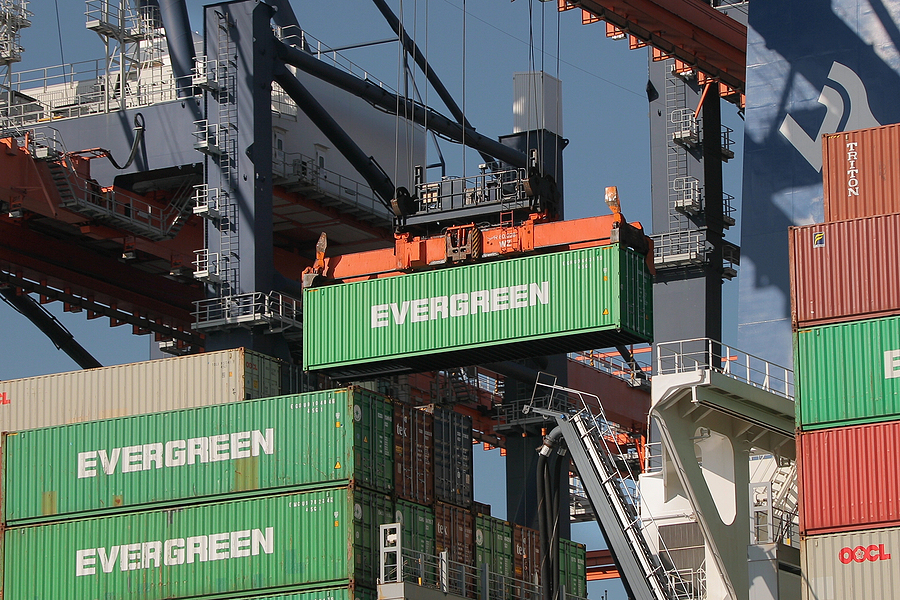Surely container unloading protocols are fairly standard and easy for every business to follow?
Although it might appear basic on the surface, it is important to underline which strategies and exercises are in play.
There are plenty of workplace related injuries and accidents from this process, yet they can be easily avoided with some preparation.
Here is an opportunity to review how businesses engage in safe practice when unloading the contents of these facilities.
Providing a Safe, Even Zone for Unloading
In order for businesses to be prepared for various container unloading protocols, they need to ensure that they offer a safe environment for their partners to utilise. This will begin with an even surface that does not place the vehicle on a slant. The nature of the terrain needs to be safe to avoid any complications with forklifts and for any clutter or traffic to be removed from the premises at the time of arrival. It is more complicated for small businesses renting units and depots in populated locations, but they are demands that need to be navigated.
Trained Staff Involvement Only
Only risks and accidents will ensue if there are businesses that rely on inexperienced and untrained staff members when it comes to container unloading protocols. For them to adhere to sound practice and avoid activities that place themselves and others at risk, they will be operators who have been through training programs. It is essential for the sake of the enterprise given the potential insurance and legal problems that could arise with incidents involving untrained staff.
Access to Utilities & Resources
Outlets that need to unload collections from their arriving containers have to be resourced with essential assets on site. It will often be based around a forklift which manages to handle heavy pallets safely. Yet it will involve components like clamps and holders to trolley jacks, gloves, eyewear, headwear and other products that support safety and efficiency. This is particularly true for companies that know these container arrivals will be a regular occurrence and not designed purely for short-term measures.
Standing Back From Doors
Rule 101 for those engaging in container unloading protocols is to ensure that they stand back and open the doors outwards without being left in front of the doors. If the pallet is compromised during shipment, whether it was sent by land or sea, then the first issue will be the volume of stock simply unloading out of the doors and creating havoc. To avoid any potential for injury in this instance, it is imperative to follow these prompts and have participants ready to stand back when opening.
Knowledge of Contents
Organisations should not be prepared to engage in their container unloading protocols if they are entirely unaware about what they are collecting. Are the goods heavy? Are they large? Do they need to be moved with urgency? Are they kept in cold or warm conditions? Sometimes the nature of the storage container is not always known, but if there is information beforehand about the size and weight, it just becomes easier to prepare and place the contents in their right position in an efficient manner.
Dealing With Reputable Suppliers & Partners
A large part of the exercise when managing container unloading protocols in a safe fashion is to be dealing with partners, couriers and suppliers who are legitimate and trusted within the industry. If they have a positive track record with these shipments, adhere to standards and regulations and happen to be trusted with their communication, there will be far less complication and hassle involved. This is why it is important to be strategic about who to partner with in order to be on safe ground with container unloading protocols.
